Ecologist & shooter Alex Hatton runs a wild bird shoot; here, he shares top tips for effective & balanced pest control on the shoot
 credit: Alex Hatton
credit: Alex Hatton
Pest control is part and parcel of the life of DIY shoots. How much should you be doing and what should you focus on? Only you can answer this, but I try to fit mine into three categories:
* Essential
* Nice to do
* Marginal
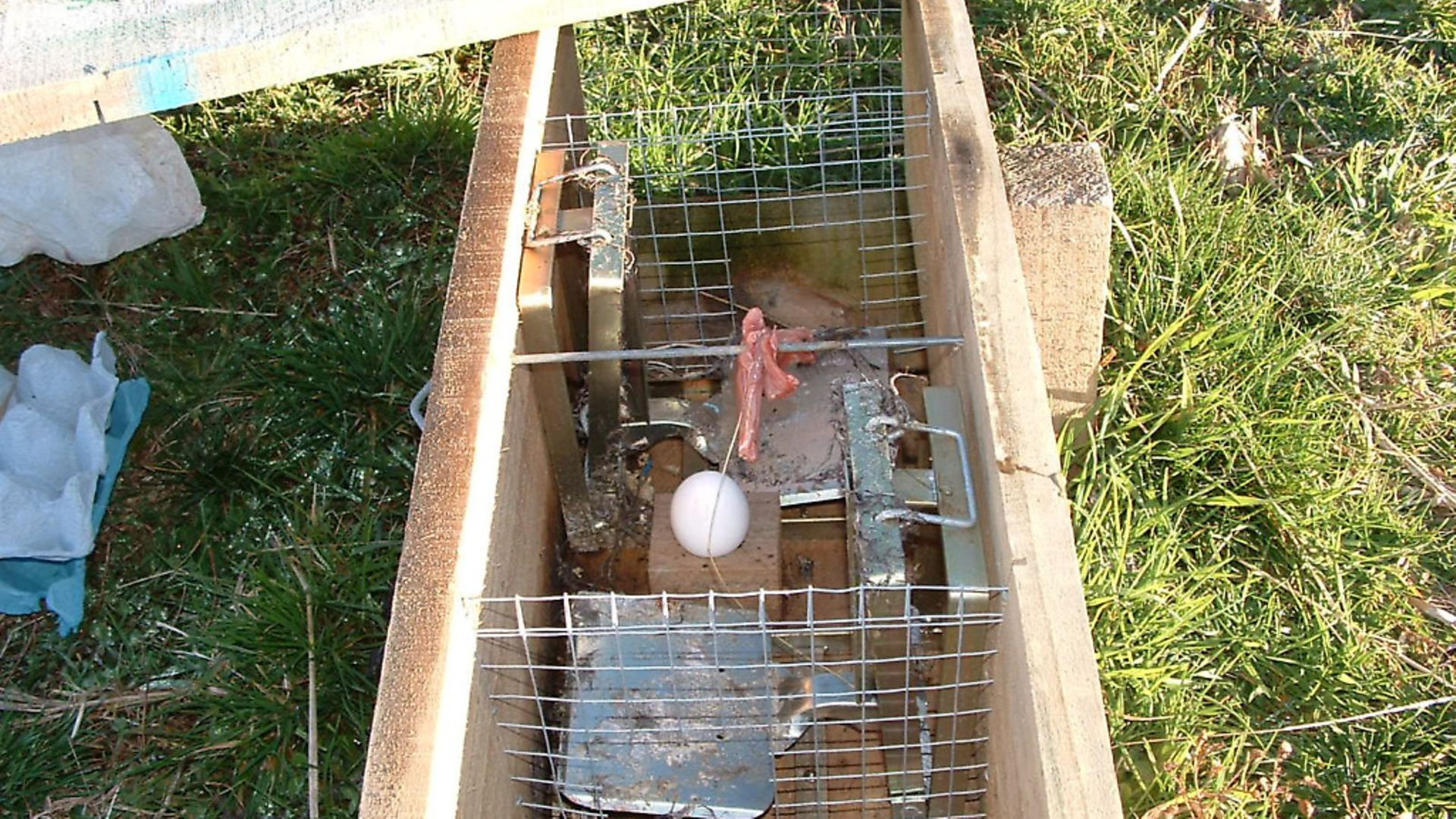 credit: Alex Hatton
credit: Alex Hatton
What are your aims for pest control?
What you are running the shoot for? Released pheasants, migratory wild birds such as woodcock, or breeding wild birds will be the main reason for any pest control. A DIY pheasant shoot with young birds in a pen will need a lot of commitment in terms of your pest control in those early days, particularly for foxes. A wild bird shoot, where you have native birds that breed on the shoot, will need an even bigger effort on a wider scale. Their nests and fledglings will need protecting in the open, and all year round because you cannot simply replace wild birds.
There may also be an expectation from your landowner to take on some control, whether its foxes because of their interest in poultry, deer in their orchards or pigeons on standing crops – these will also join your essential list.
‘Nice to do’ pest control will benefit your shooting, but have a wider benefit to the countryside. For me, this is a reduction in magpies and other corvids, as and when the general licence allows.
In areas where the red squirrels have lost the battle, grey squirrel control may become a marginal item, because if those shoots and farms around you are doing little to bring the numbers down, your shoot will become an endless vacuum, sapping a lot of your time and effort for very little overall gain.
 credit: Alex Hatton
credit: Alex Hatton
Time commitments
For DIY shooters, remember, this is a hobby. There is no shame in just committing to your essential pest control items. Every trap that goes out must be checked at least once in every 24-hour period, and if your shoot is two hours away, that’s a lot of driving for some species where trapping is the only option. If there are enough of you and a rota is put in place, which is stringently stuck to, then you can certainly take on those less essential items further down your list. Again, consider what you are trying to achieve. Pest control does not need to be year-round, it can just come in when your birds, whether wild or otherwise, are at their most vulnerable.
 credit: Alex Hatton
credit: Alex Hatton
Where to shoot?
I like to do a lot of reconnaissance and planning and, as always, take plenty of notes. Have a physical map of your shoot with you when you visit and note down signs of fox runs, where you see stoats and where magpies tend to roost or foxes den up. The more years you do this, the more information you will gain as to how pests utilise the land – and you can focus your effort much more effectively.
Make notes of where and when you catch/shoot an animal and, at the end of each year, take a look at whether your efforts are having an impact on the local population. This will help you make a decision as to whether your time would be better spent doing something else or if you should increase your effort further.
Trail cameras are an excellent way to keep track on things. I recently started using Spypoint Micro-Link cameras that send photos to your phone via an app. It certainly helps me see trends in what animals are doing. For instance, I currently have the fox passing one of my cameras every night at around the same time; if I were to go there outside of those times I would likely not see him. But sitting in the warmth of my home, I have a good idea of what is happening. It’s even better when my camera pings me a photo and I am already on the shoot! Trail cameras can be a wonderful way to see what members of the public are doing while you are not there, and I have even caught known people walking off with my cameras, later to be very embarrassed when they had to return them.
 credit: Alex Hatton
credit: Alex Hatton
Knowing where public footpaths are helps me decide where not to put traps. All our traps are marked, identifying what they are, that they are legal and have my phone number on them. In areas of the shoot where the public are not allowed to go but still wander anyway, a simple sign like this does the trick:
* Health & Safety Notice
* Shooting in progress. Keep out.
* It is a criminal offence to interfere with a Health & Safety sign.
 credit: Alex Hatton
credit: Alex Hatton
The legal basics
Regulations change regularly and therefore a quick Google search should be carried out to check the season of the quarry, and the legality of the trap in the country of intended use. It is impossible to cover everything in one section, but here are some of the legal basics to steer you in the right direction:
* All traps must be checked at least once in a 24-hour period.
* All birds are protected unless a season is specified for taking them, such as the pheasant season being 1 October to 1 February, or if specified on the general licence. The general licence is reviewed every year. You do not need to apply for it, but it allows you to take certain birds all year, providing you meet certain criteria, which you must know if challenged at the time you are culling the birds.
* You MUST take all reasonable precautions not to trap a protected species.
* It is an offence to release non-native species such as grey squirrels and mink. Once caught, they must be dispatched.
* Bury any trapped animals.
* Spring traps must be covered by an artificial or natural tunnel.
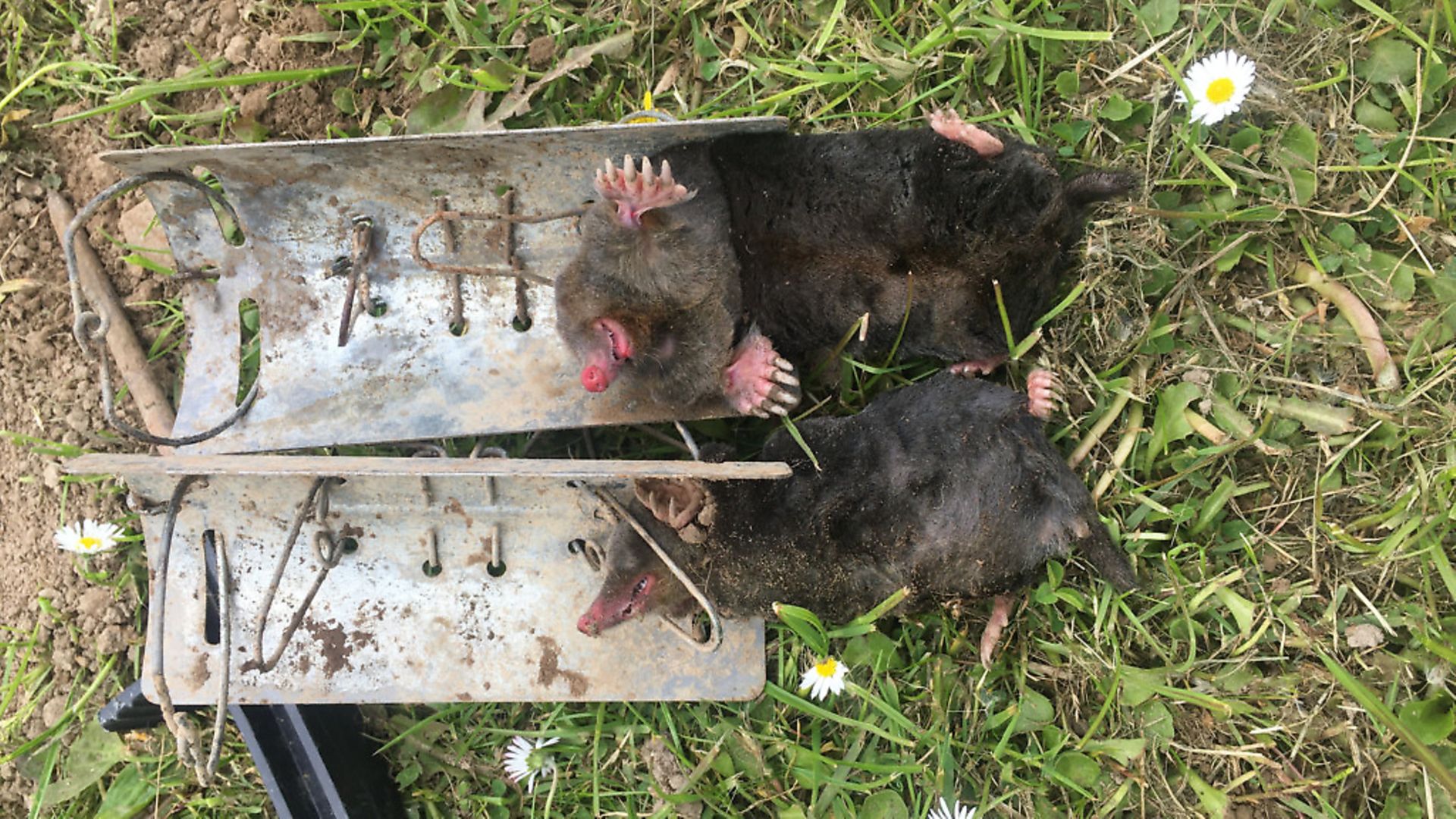 credit: Alex Hatton
credit: Alex Hatton
Corvids/magpies
Having studied the general licences relevant to the year and country you are in, corvid control is optimum between February and July each year. Outside of these times it does little to control the overall population, unless control is on a very wide landscape-level, and does then make the job harder by educating the breeding pairs that are most problematic for the nesting birds. Both rifle and shotgun are effective and can further be assisted using a Larsen trap.
The Larsen trap is designed to catch magpies but will catch carrion crows too. Baited with an egg, the bird comes in and lands on the perch, which then drops, releasing a sprung roof trapdoor. To be more successful and draw attention, you put a magpie from a different region in a permanent separate part of the trap and this calls others in. Culling in spring/summer, when the birds are setting up the territories, will maximise the effect you have on the local population. Nests can also be targeted, but be sure before you shoot as to exactly what it is. General licences change regularly, which is why I now carry a copy on my phone when I am using them.
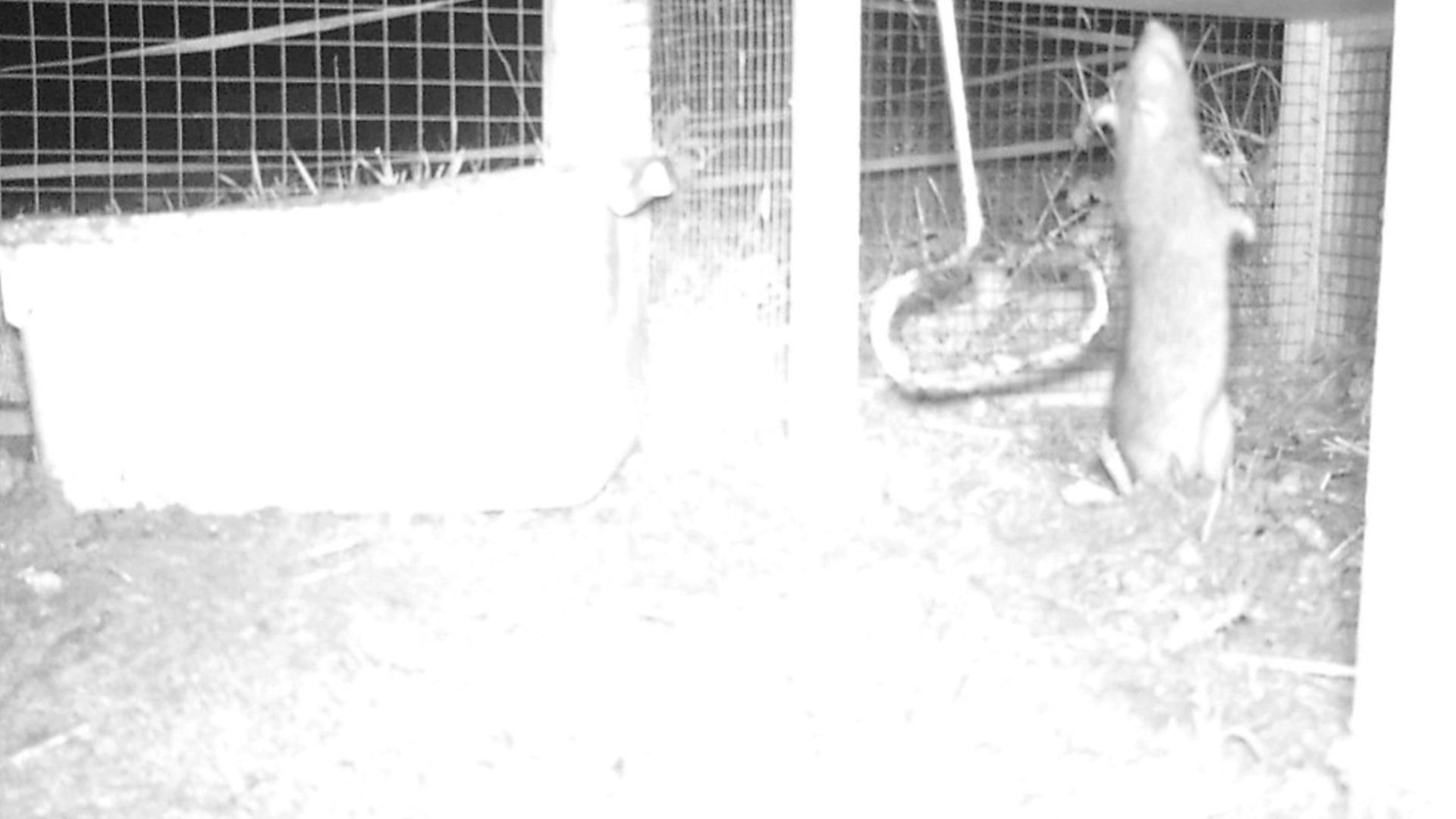 credit: Alex Hatton
credit: Alex Hatton
Squirrels
We have only two species in the UK, the red and grey squirrel. The red’s range is rapidly declining as the grey spreads north and spreads squirrel pox virus among our native reds. It is a very determined feeder, and if they think there is food to be had, nothing will stop them.
The tracks are odd as they have long fingers but if your feed bins and hoppers have huge gouges out of them, and looks like a small beaver has been at it, the grey squirrels could be the problem! Hazelnuts cracked in half is a typical sign of the greys being present.
I make a special effort with squirrels, utilising thermal and a shotgun to shoot as many squirrels as I can and I simply do this whenever I have a job to do on the shoot. They can be trapped as well, providing you do not have reds in the same area, and in marginal areas with both species, live traps are preferred.
Despite the effort I put in, we never seem to get on top of them and we try and target them more around the feeder. Another tool is to poke or shoot dreys. I must admit the thermal certainly saves a lot of time, as squirrels seem to produce a lot of heat and you can often spot a drey from a long way off.
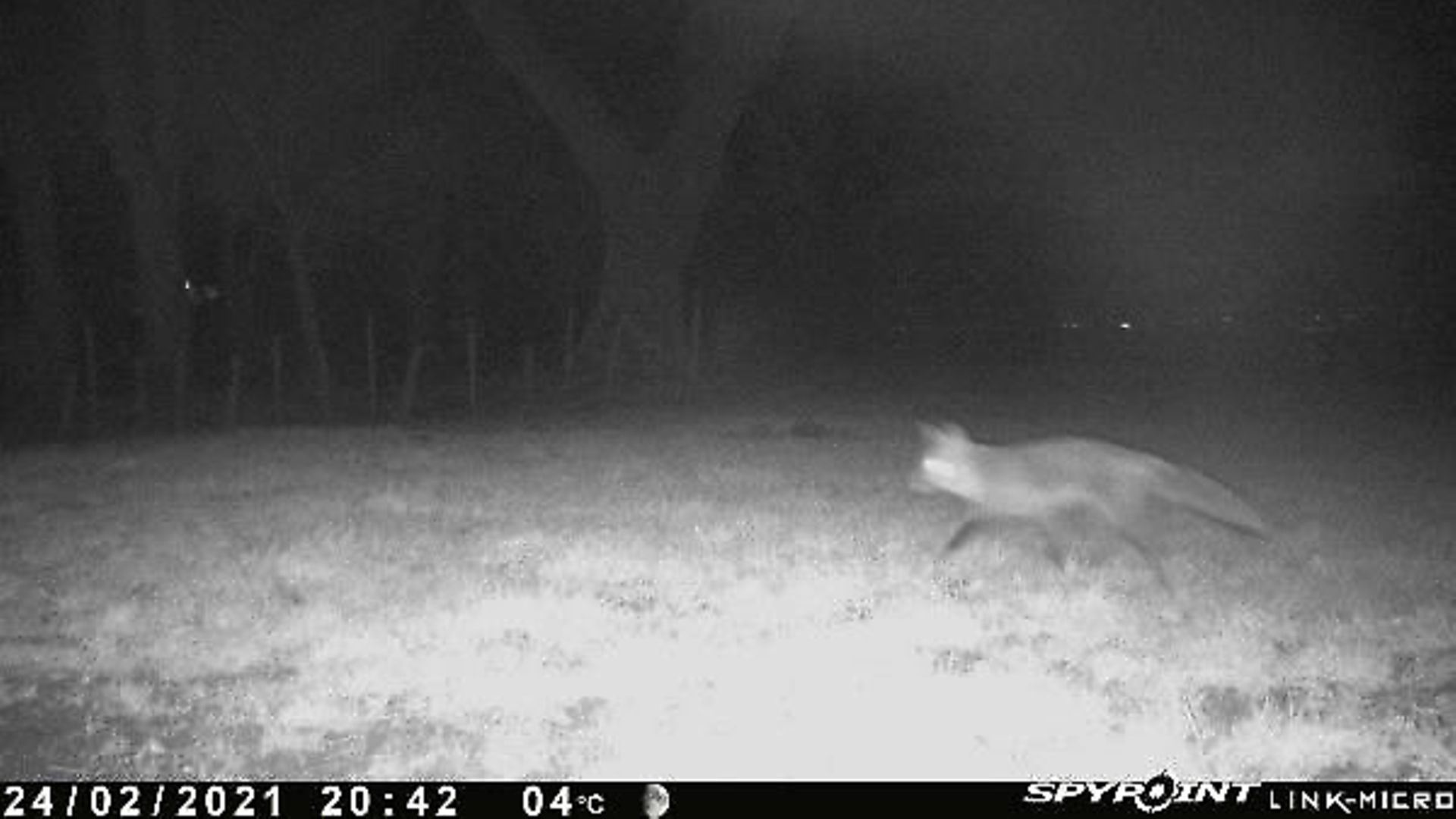 credit: Alex Hatton
credit: Alex Hatton
Rats
As pens and feeders are kept topped up with feed, the rats turn up. With increased rats come other predators looking to pick off the small mammals and possibly your birds. Fenn traps, which are currently still legal for rats, are effective and are best placed alongside features such as hedges, walls and pens and covered simply with a wooden tunnel, or better still, something made from stones in the area. Rats suffer with neophobia – a fear of new things or experiences – so it can take a while before new traps start to become successful. Although live trapping can work, it takes a long time to catch anything.
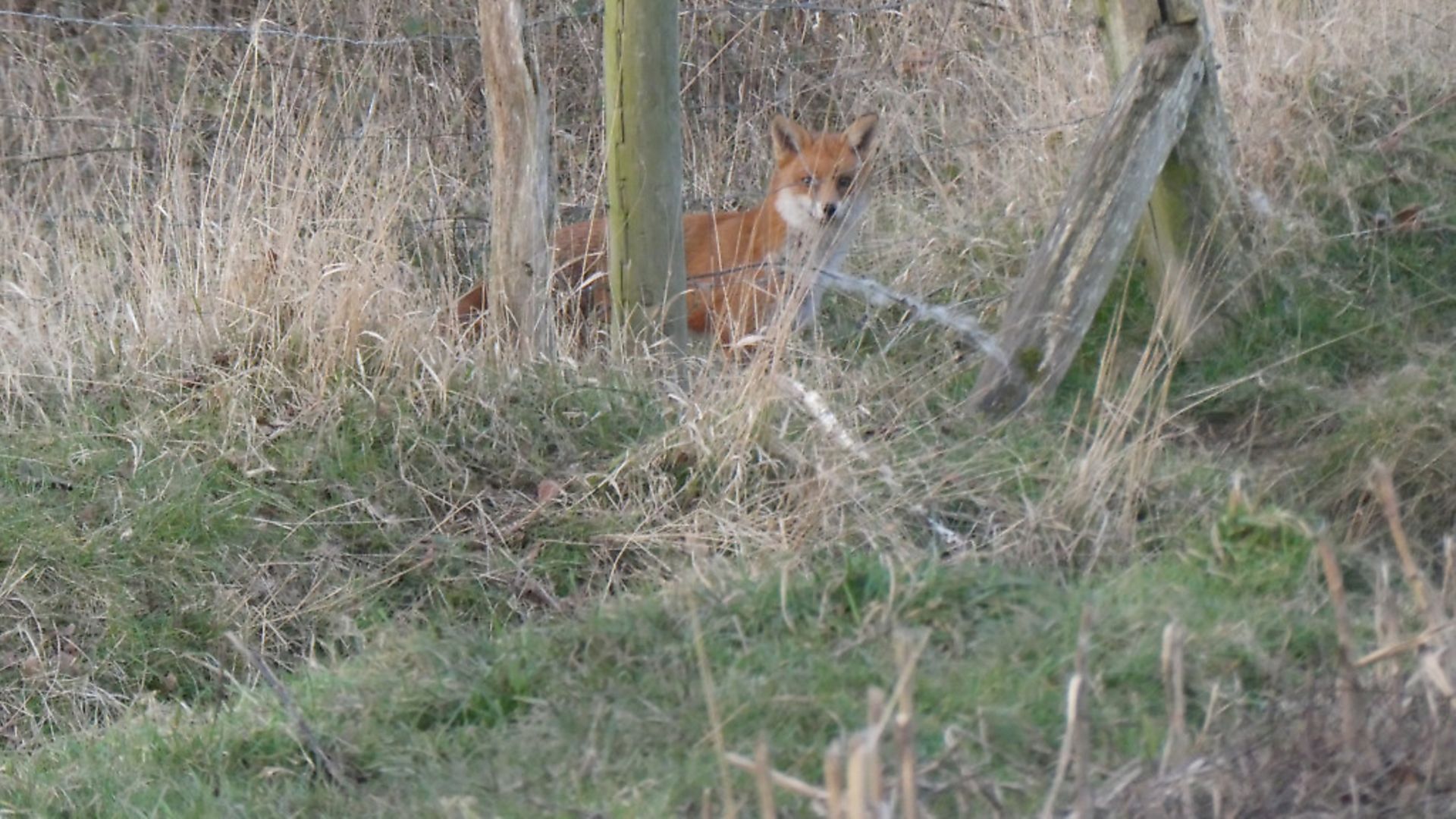 credit: Alex Hatton
credit: Alex Hatton
Foxes
The red fox needs no introduction, as it is so widespread in the UK and very adaptable. Landscape-scale control certainly knocks them back, but the effort required all year to have a lasting effect is intense. It often makes us feel better to take them as they are encountered, but for wild bird shoots such as ours, focusing mainly on wintering woodcock and snipe, it has no real benefit.
For the DIY shoot putting out birds, or for those protecting native breeding wild birds, fox control is everything, and the use of dogs to flush, or lamping or snaring are all effective. Snares must be free-running, and every effort must be made to ensure you have not placed it on a badger run. And of course, it must be checked every day. Placing a snare near a footpath is a sure way to encounter issues, as those free-ranging dogs out for a walk can get caught up in it as they track a fox that has crossed the path.
Mink
The American mink is a non-native species in the UK, originally brought here for fur farming. Due to escapees, and further compounded by animal rights activists releasing farms, mink now breed here. What ensued was the spread of one of the most destructive non-native species we have.
The American mink is a born killer and will decimate a population of its favourite food source, as they will specialise on a particular food source until it has gone, then switch to something else. You do not need to be near water to have mink, as males do lead a fairly terrestrial life out of the breeding season. Mink scats are similar to other mustelids, coiled, with pointy ends – and they smell a lot worse. They will leave scats on rocks/boulders in and around the river. Check under bridges for tracks.
If you have a river or pond, a mink raft could be your safeguard against the new arrival of unwanted visitors. It is a sandwich of a piece of 2ft x 4ft polystyrene insulation in between two pieces of plywood. A hole is made in the middle to allow water to wick into a piece of oasis topped with clay. Mink, being inquisitive, will come aboard and leave their tracks on the clay, and once tracks are found, you place a live trap inside the tunnel and you should catch your mink in 2-3 days! More details at www.gwct.org.uk
Polecats
Polecats remain protected, and there is a general licence issued for trapping stoats, although stoats can no longer be targeted by Fenn traps, with the DoC traps largely replacing them. To really target this group, shooting alone is not effective, but with them being too inquisitve and mobile, traps built in to natural features work really well.
Moles
As a favour to one or two farmers where I shoot, I have taken on some mole trapping. For over a year I was hopeless, but after perfecting my technique and taking on the simple moto: ‘moles like it tight and tidy’ I have some happy farmers. I prefer a tunnel trap, and will target one or two fields close together at a time – placing up to three traps in a single set of tunnels so that I make the most of my time.
Pest control does not have to be about controlling everything. Do your reconnaissance, categorise your pests, and try and make it work for you. For many of us, shooting is a hobby and the pest control should only complement the hobby. If you find it’s not working, try something different or evaluate whether controlling that pest species is beneficial at all.